1. Use a Plunger
If you have a clogged kitchen sink, the first method you should try is using a plunger. This common household tool is designed to create suction and pressure, which can help to dislodge any clogs in your pipes. To use a plunger, make sure your sink is filled with enough water to cover the rubber part of the plunger. Then, place the plunger over the drain and firmly push down and pull up several times. This should create enough force to push the clog through the pipes and unclog your sink.
2. Pour Boiling Water Down the Drain
If your sink is clogged with food or grease, pouring boiling water down the drain can help to dissolve and dislodge the clog. Start by boiling a pot of water on the stove. Then, carefully pour the hot water down the drain in two to three stages, giving the water time to work between each pour. Be careful not to splash yourself with the hot water. This method may not work for all types of clogs, but it is a simple and eco-friendly option to try before moving on to more aggressive methods.
3. Use a Mixture of Baking Soda and Vinegar
If boiling water alone doesn't do the trick, you can try combining baking soda and vinegar to create a chemical reaction that can help to break up clogs. Start by pouring half a cup of baking soda down the drain, followed by half a cup of vinegar. Let the mixture sit for about 15 minutes, then pour boiling water down the drain to flush out the clog. You can also use this method as a preventative measure by doing it once a month to keep your drains clear.
4. Try a Drain Snake
A drain snake, also known as a plumbing snake, is a long, flexible tool that is designed to break up and remove clogs in your pipes. To use a drain snake, push the snake into the drain and turn the handle to maneuver it through the pipes. Once you reach the clog, continue pushing and turning the snake to break up and remove the clog. This method can be effective for tougher clogs, but it does require some physical effort and can be messy.
5. Use a Chemical Drain Cleaner
If the above methods do not work, you can try using a chemical drain cleaner to break up and dissolve clogs. These products typically contain strong chemicals that can be harmful, so be sure to use them according to the instructions and wear protective gear. Pour the cleaner down the drain and let it sit for the recommended amount of time before flushing it out with hot water. Keep in mind that these products can also damage your pipes, so use them sparingly and as a last resort.
6. Use a Wet/Dry Vacuum
If you have a wet/dry vacuum, you can try using it to suction out the clog in your kitchen sink. Start by setting the vacuum to the wet setting and placing it over the drain. Then, turn it on and let it run for a few minutes to see if it can suck out the clog. This method may not work for all types of clogs, but it is worth a try if you already have a wet/dry vacuum on hand.
7. Remove and Clean the P-Trap
The P-trap is a U-shaped pipe located under your sink that is designed to trap debris and prevent it from going into your main plumbing system. Sometimes, clogs can form in the P-trap itself, so removing and cleaning it can help to unclog your sink. Before attempting this method, make sure to place a bucket or bowl beneath the P-trap to catch any water or debris that may come out. Then, unscrew the P-trap and clean it out before reattaching it to the pipes.
8. Use a Plumbing Snake
A plumbing snake is a longer and sturdier version of a drain snake and is typically used by professional plumbers. However, you can purchase a plumbing snake from most home improvement stores and use it to unclog your kitchen sink. Similar to a drain snake, push the snake into the drain and turn the handle to break up and remove the clog. This method may require more strength and effort, but it can effectively remove tough clogs.
9. Try a Homemade Drain Cleaner
If you prefer to use natural and chemical-free methods, you can try making your own drain cleaner using ingredients like salt, baking soda, and vinegar. Mix equal parts of salt and baking soda, then pour it down the drain. Follow it up with a cup of vinegar and let the mixture sit for about 15 minutes. Finally, flush it out with hot water. This method may not be as effective as chemical drain cleaners, but it is a safer and more environmentally-friendly option to try.
10. Call a Professional Plumber
If all else fails, it may be time to call in the professionals. A licensed plumber will have the necessary tools and expertise to effectively unclog your kitchen sink without causing any damage to your pipes. While it may be a more expensive option, it can save you time and effort in the long run and ensure that the clog is properly removed.
In conclusion, there are many different methods you can try to unclog a kitchen sink. Start with the simplest and least invasive methods, such as using a plunger or pouring boiling water down the drain, and work your way up to more aggressive methods if needed. Remember to always take proper safety precautions and consider calling a professional if the clog is particularly stubborn or if you are unsure of how to proceed.
The Best Method to Unclog a Kitchen Sink

Why is it Important to Keep Your Kitchen Sink Unclogged?
 Having a clogged kitchen sink can be a major inconvenience. It can disrupt your daily routine and make it difficult to complete simple tasks such as washing dishes and preparing food. Not to mention, standing water in your sink can also lead to unpleasant odors and even potential health hazards. Keeping your kitchen sink unclogged is not only important for maintaining a clean and functional kitchen, but it is also crucial for the overall hygiene of your home.
Having a clogged kitchen sink can be a major inconvenience. It can disrupt your daily routine and make it difficult to complete simple tasks such as washing dishes and preparing food. Not to mention, standing water in your sink can also lead to unpleasant odors and even potential health hazards. Keeping your kitchen sink unclogged is not only important for maintaining a clean and functional kitchen, but it is also crucial for the overall hygiene of your home.
The Most Common Causes of a Clogged Kitchen Sink
 Before we dive into the best method to unclog a kitchen sink, it's important to understand the common causes of a clogged sink. The most common culprit is food debris, especially if you do not have a garbage disposal. Other common causes include grease and oil buildup, soap scum, and mineral deposits from hard water. Knowing the root cause of your clogged sink can help you prevent future clogs and choose the best method for unclogging it.
Before we dive into the best method to unclog a kitchen sink, it's important to understand the common causes of a clogged sink. The most common culprit is food debris, especially if you do not have a garbage disposal. Other common causes include grease and oil buildup, soap scum, and mineral deposits from hard water. Knowing the root cause of your clogged sink can help you prevent future clogs and choose the best method for unclogging it.
The Best Method to Unclog a Kitchen Sink: Baking Soda and Vinegar
 There are many methods for unclogging a kitchen sink, but the most effective and natural solution is using baking soda and vinegar. These household staples are not only safe for your pipes and the environment, but they are also inexpensive and readily available. Here's how to use them:
1. Start by pouring a pot of hot water down the drain to help loosen any debris.
2. Next, pour 1/2 cup of baking soda down the drain, followed by 1/2 cup of vinegar.
3. Let the mixture sit for 10-15 minutes.
4. After the time has passed, pour another pot of hot water down the drain to flush out the mixture and any remaining debris.
The combination of baking soda and vinegar creates a chemical reaction that helps break down and dissolve any clogs in your pipes. This method is effective for minor clogs and can also be used as a preventative measure to keep your sink free from buildup.
There are many methods for unclogging a kitchen sink, but the most effective and natural solution is using baking soda and vinegar. These household staples are not only safe for your pipes and the environment, but they are also inexpensive and readily available. Here's how to use them:
1. Start by pouring a pot of hot water down the drain to help loosen any debris.
2. Next, pour 1/2 cup of baking soda down the drain, followed by 1/2 cup of vinegar.
3. Let the mixture sit for 10-15 minutes.
4. After the time has passed, pour another pot of hot water down the drain to flush out the mixture and any remaining debris.
The combination of baking soda and vinegar creates a chemical reaction that helps break down and dissolve any clogs in your pipes. This method is effective for minor clogs and can also be used as a preventative measure to keep your sink free from buildup.
Other Tips for Unclogging a Kitchen Sink
 If the baking soda and vinegar method does not work, or if your sink is still draining slowly, there are a few other things you can try. One option is to use a plunger to try and dislodge the clog. Make sure to use a separate plunger specifically for your sink, as using a plunger from your toilet can spread bacteria. You can also try using a plumbing snake to physically remove the clog from your pipes.
If the baking soda and vinegar method does not work, or if your sink is still draining slowly, there are a few other things you can try. One option is to use a plunger to try and dislodge the clog. Make sure to use a separate plunger specifically for your sink, as using a plunger from your toilet can spread bacteria. You can also try using a plumbing snake to physically remove the clog from your pipes.
Preventing Future Clogs
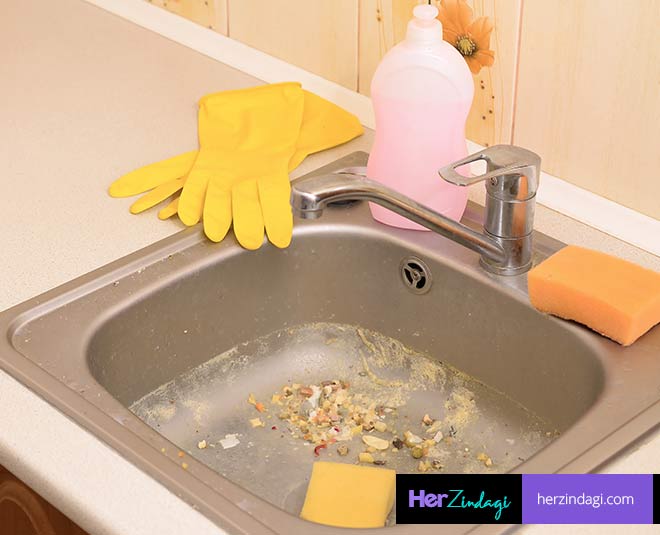 To prevent future clogs in your kitchen sink, it's important to be mindful of what you put down the drain. Avoid pouring any grease or oil down the sink, as it can solidify and cause clogs. Try to limit the amount of food debris that goes down the drain by using a mesh strainer to catch any large particles. Regularly running hot water down the drain can also help prevent buildup.
To prevent future clogs in your kitchen sink, it's important to be mindful of what you put down the drain. Avoid pouring any grease or oil down the sink, as it can solidify and cause clogs. Try to limit the amount of food debris that goes down the drain by using a mesh strainer to catch any large particles. Regularly running hot water down the drain can also help prevent buildup.
In Conclusion
 Unclogging a kitchen sink can be a frustrating and messy task, but by using the baking soda and vinegar method and following these preventative tips, you can keep your sink free from clogs and maintain a clean and functional kitchen. Remember, if the clog persists or if you are unsure how to handle it, it's always best to call a professional plumber for assistance.
Unclogging a kitchen sink can be a frustrating and messy task, but by using the baking soda and vinegar method and following these preventative tips, you can keep your sink free from clogs and maintain a clean and functional kitchen. Remember, if the clog persists or if you are unsure how to handle it, it's always best to call a professional plumber for assistance.



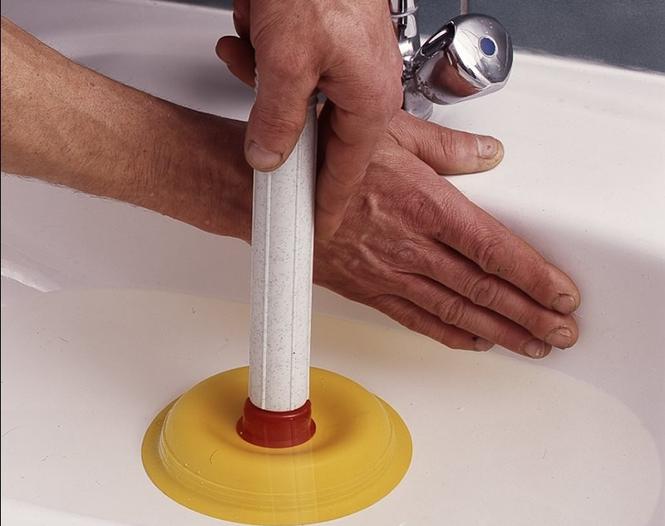

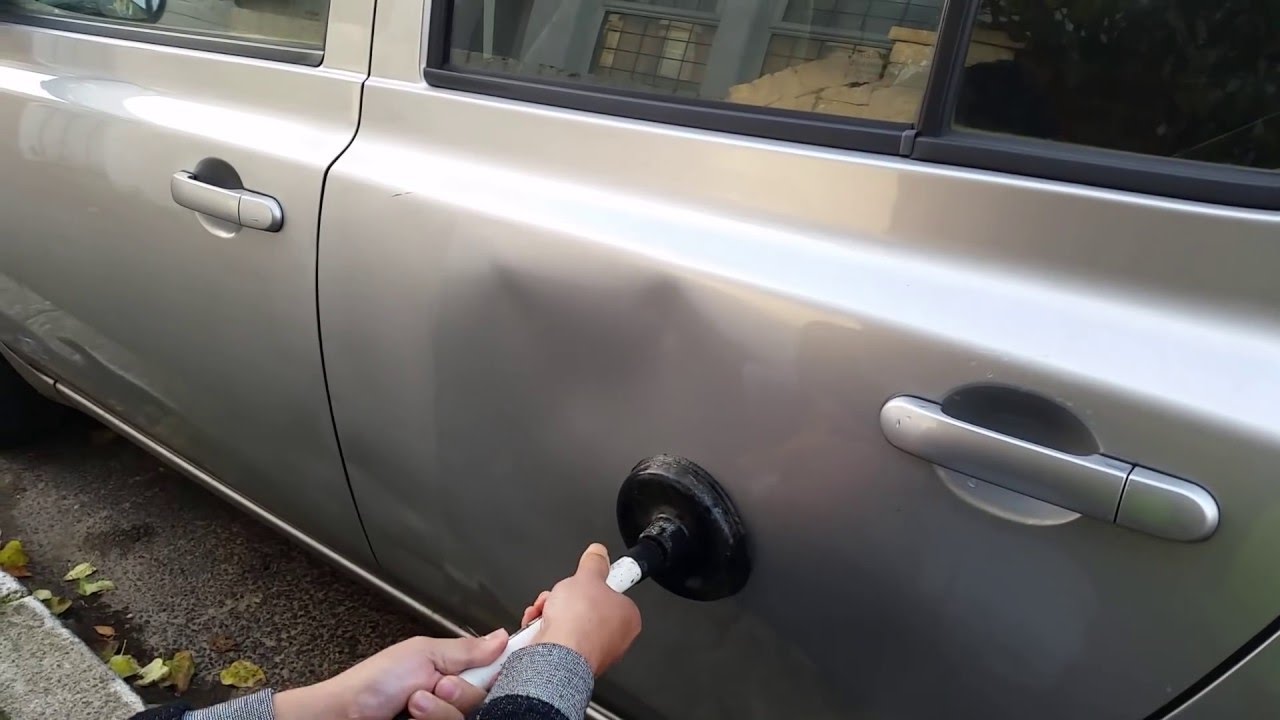






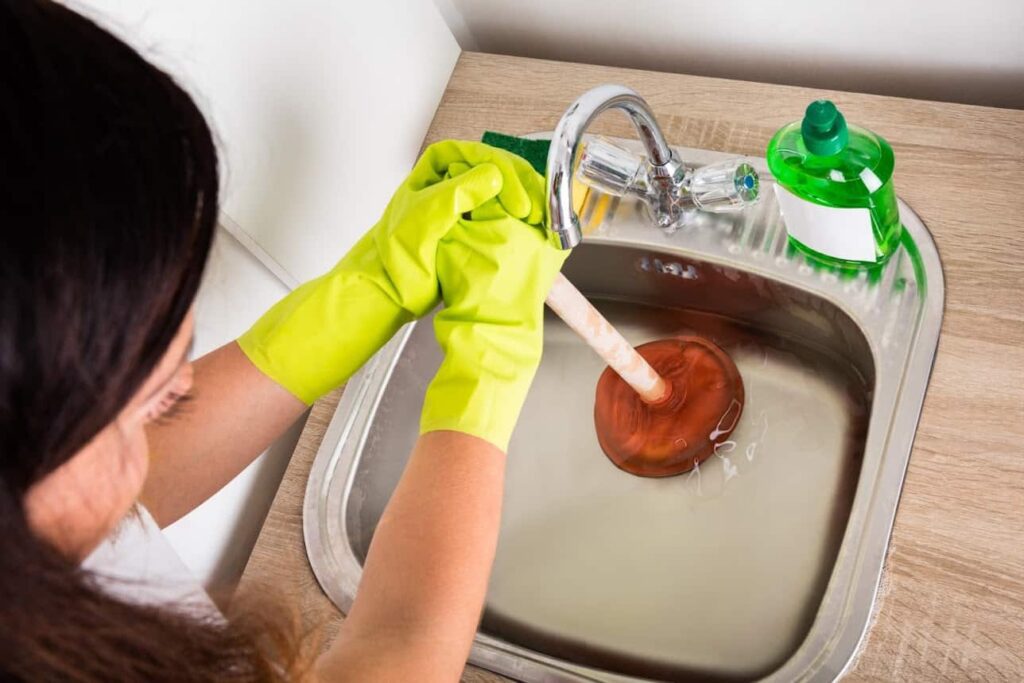



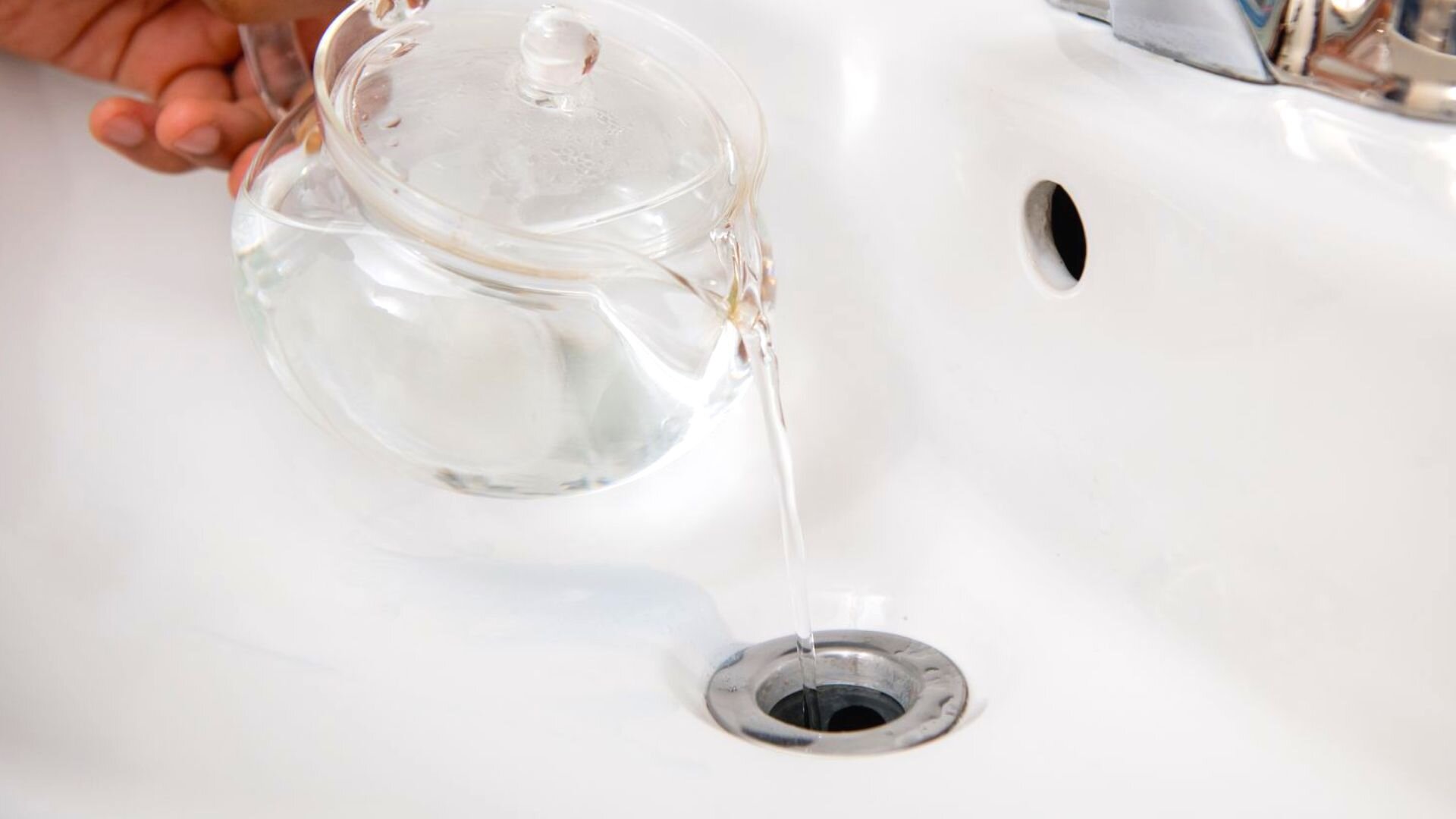
:max_bytes(150000):strip_icc()/freshen-and-unclog-drain-with-baking-soda-1900466-16-431f7b407df349bc828de3c00fe29007.jpg)
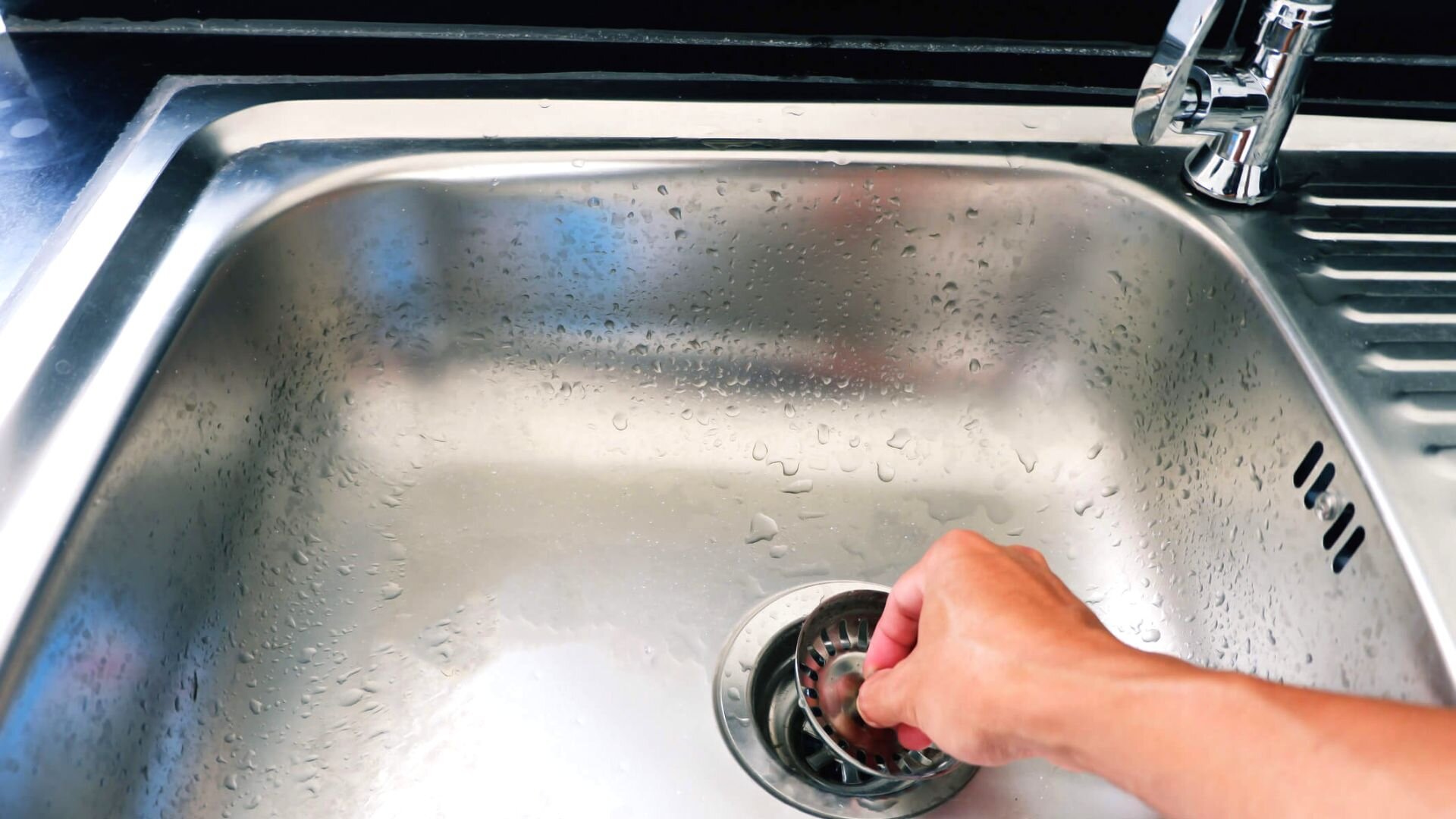
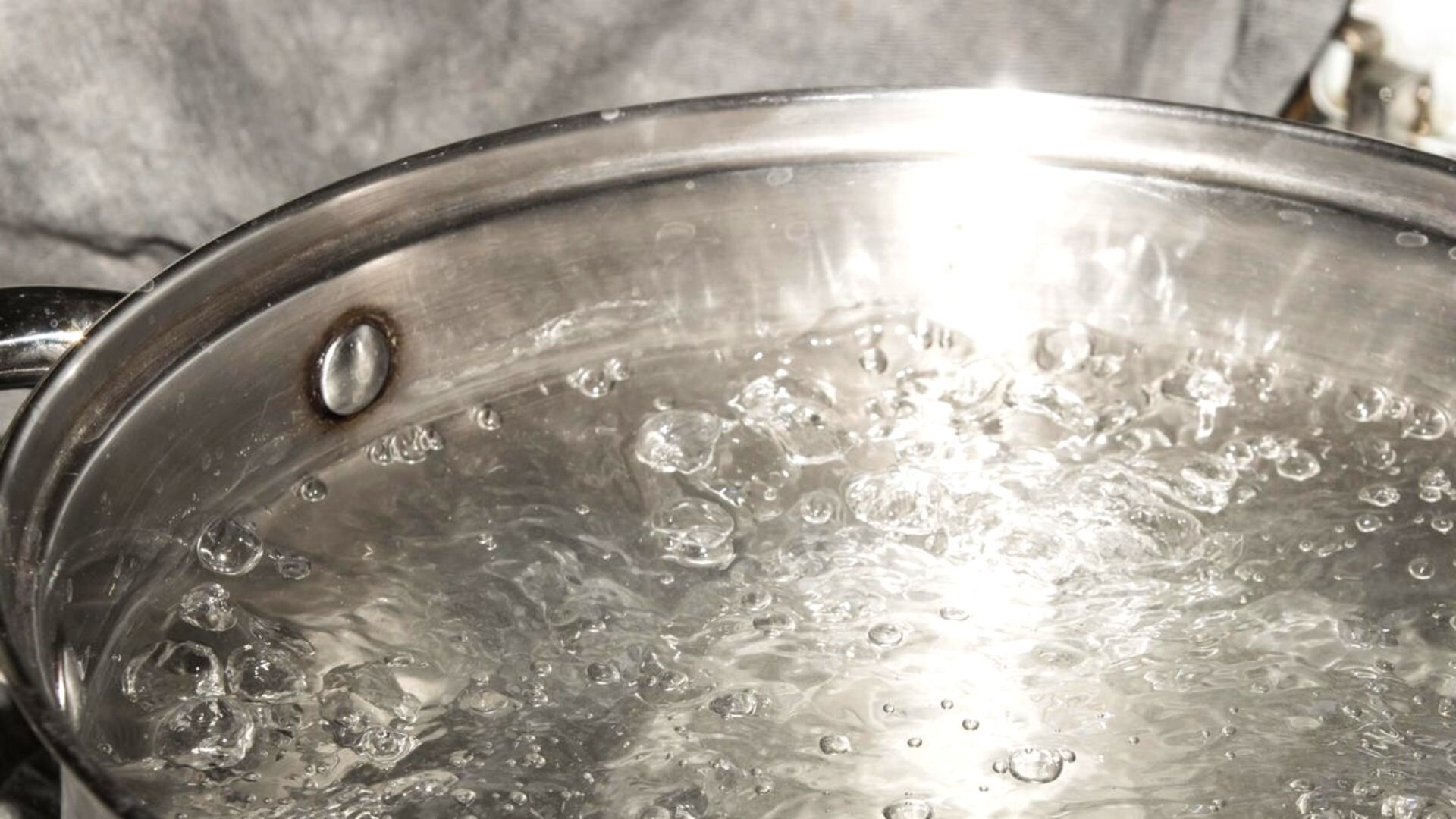


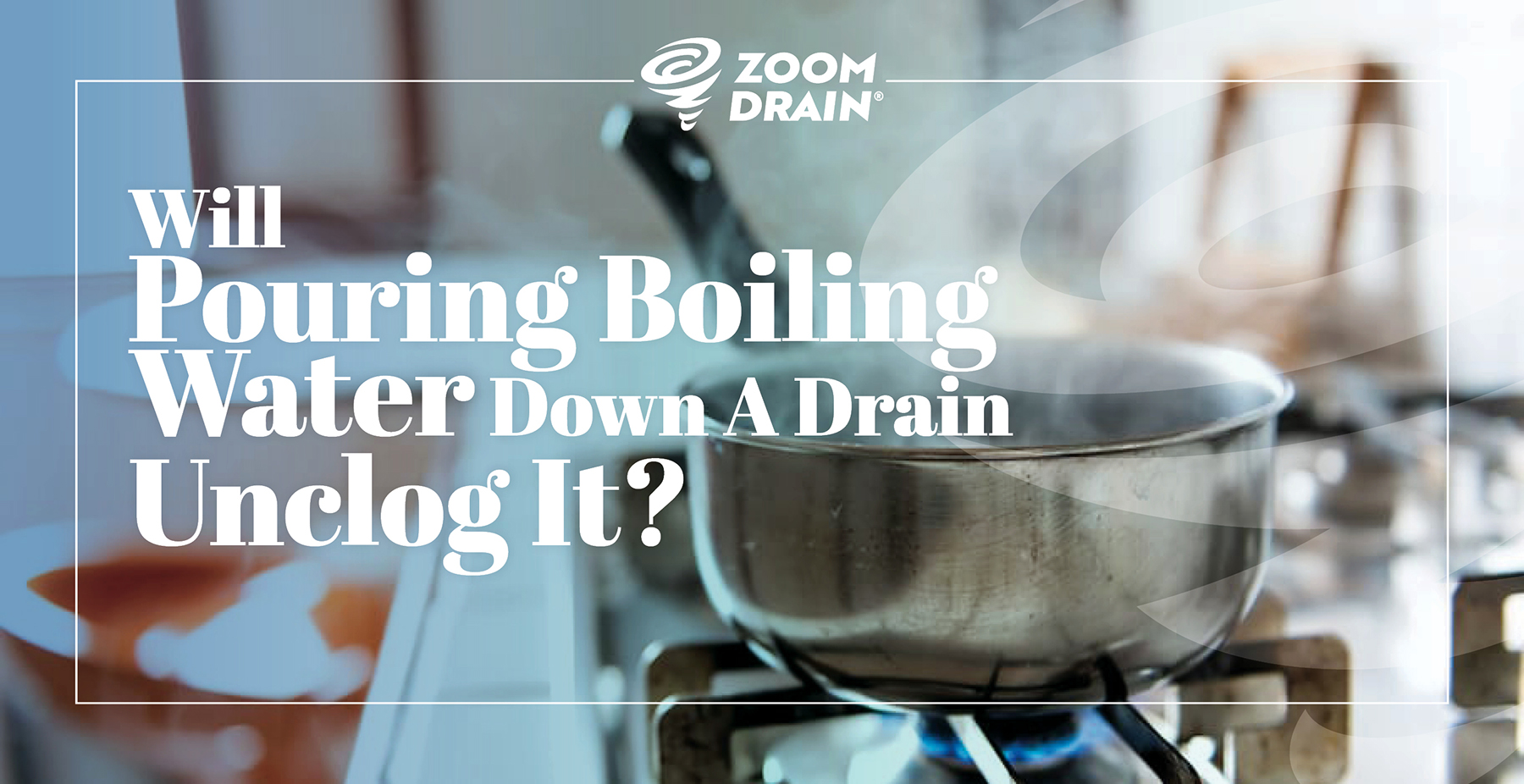










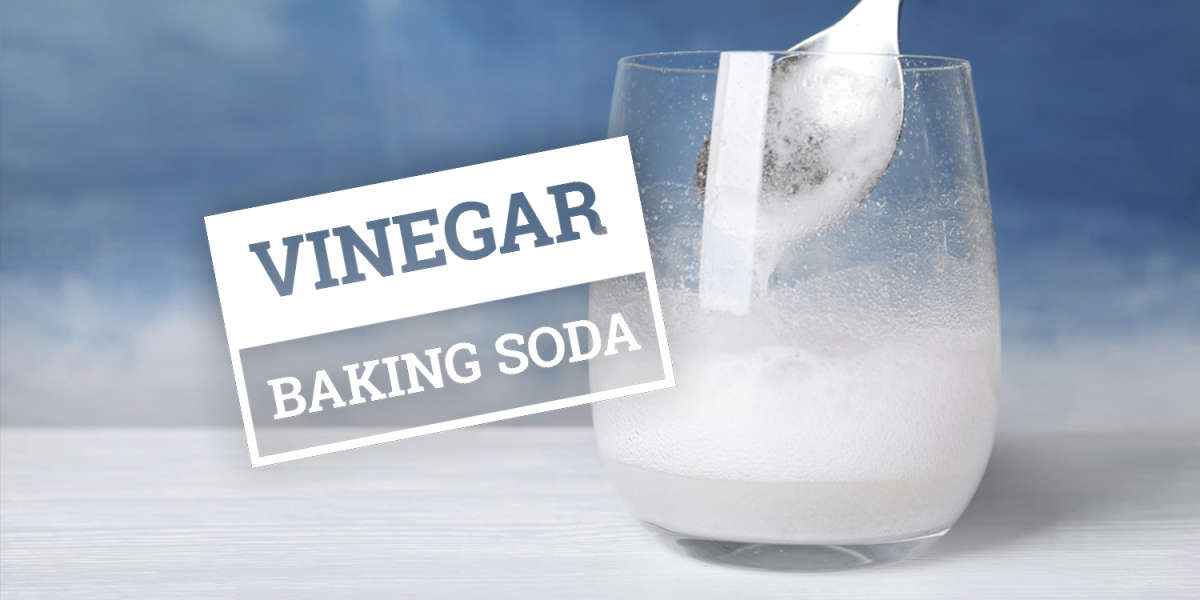
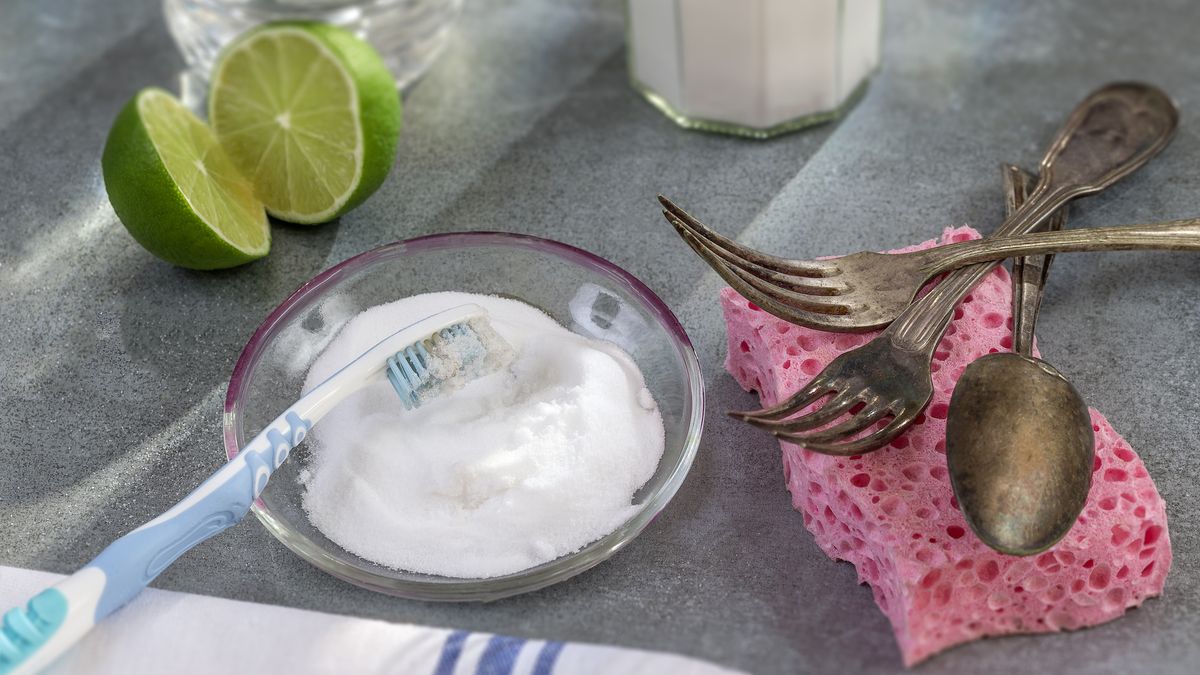

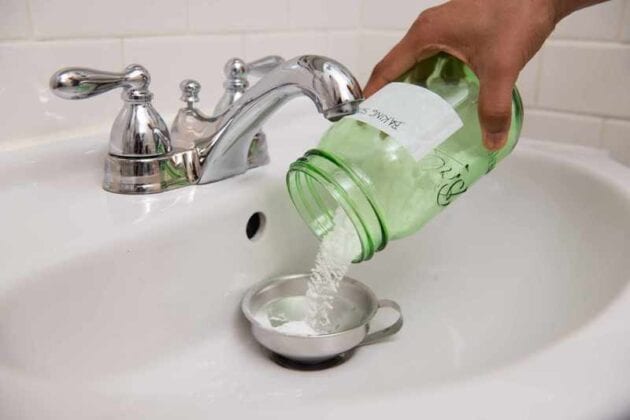
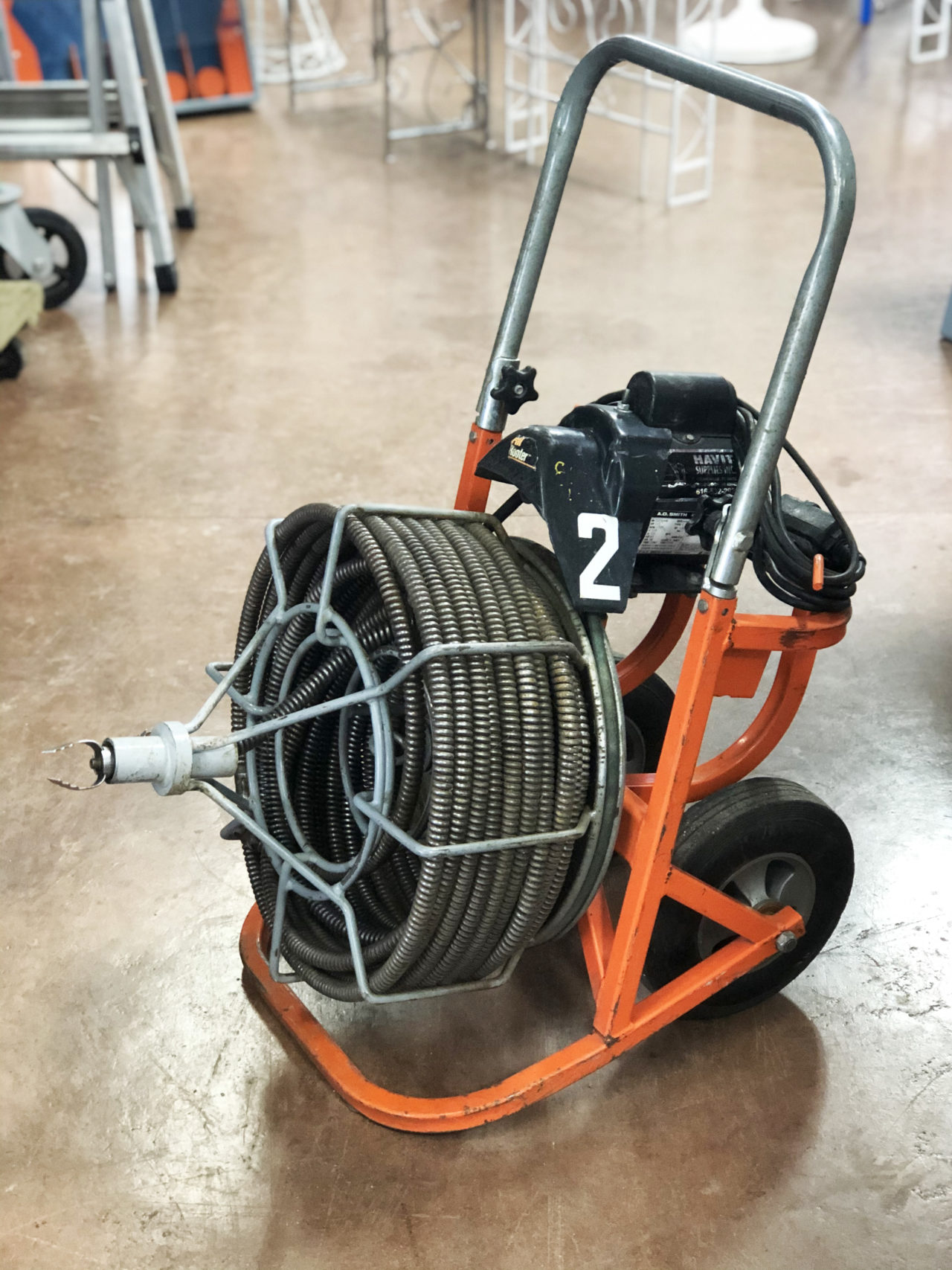







:max_bytes(150000):strip_icc()/Vastar-4-Pack-Drain-Snake-50b0e77281b244e386d046ca25ba76b6.jpg)

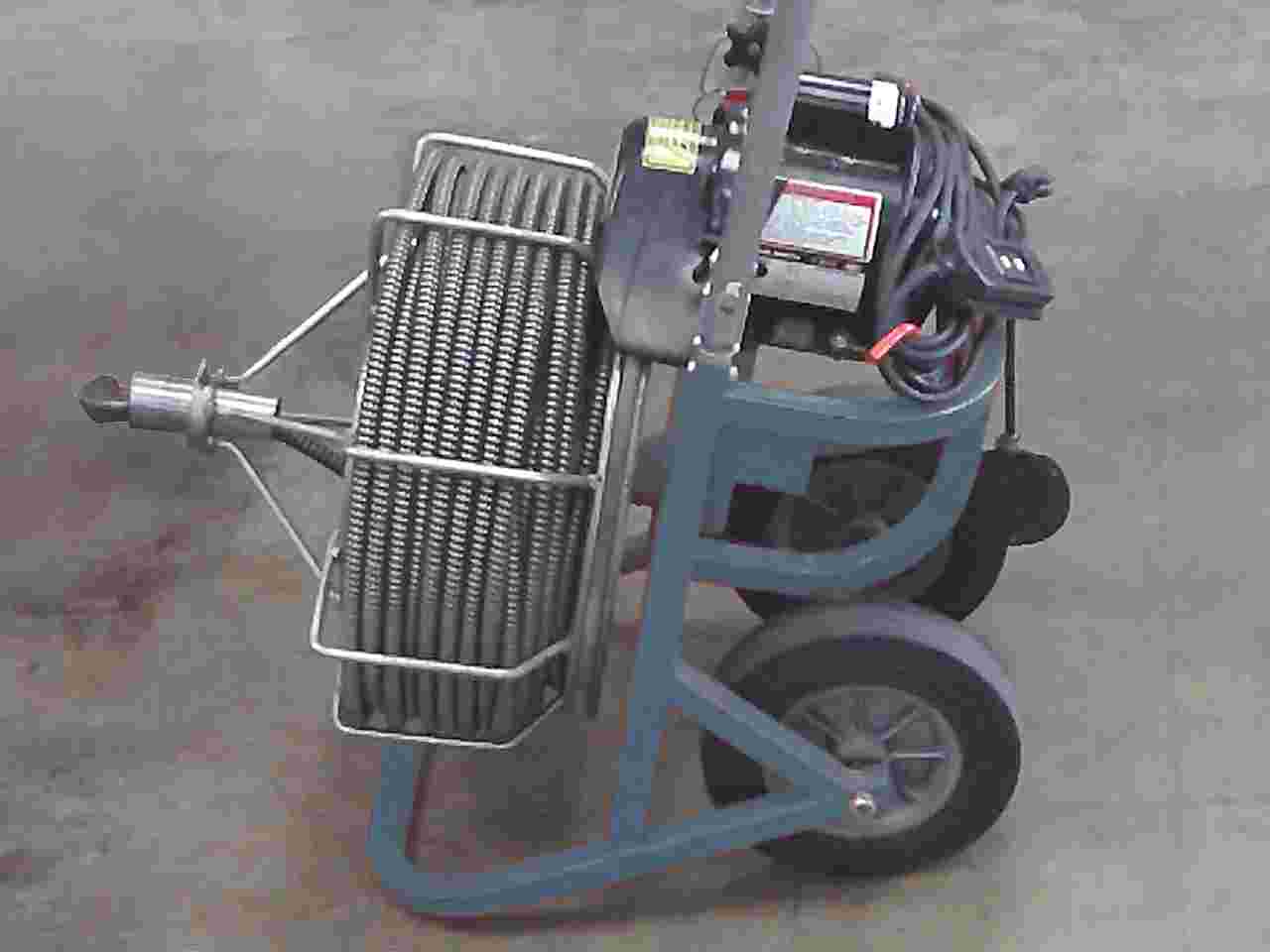


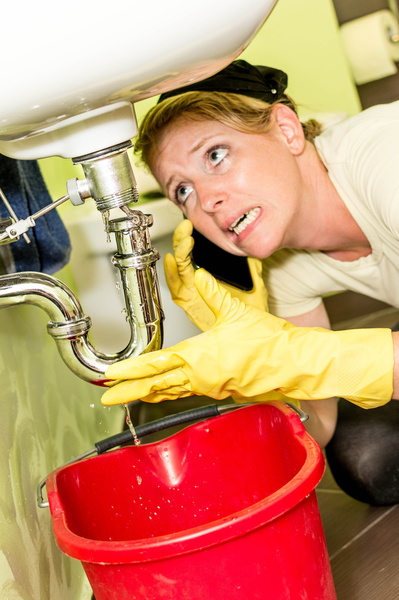






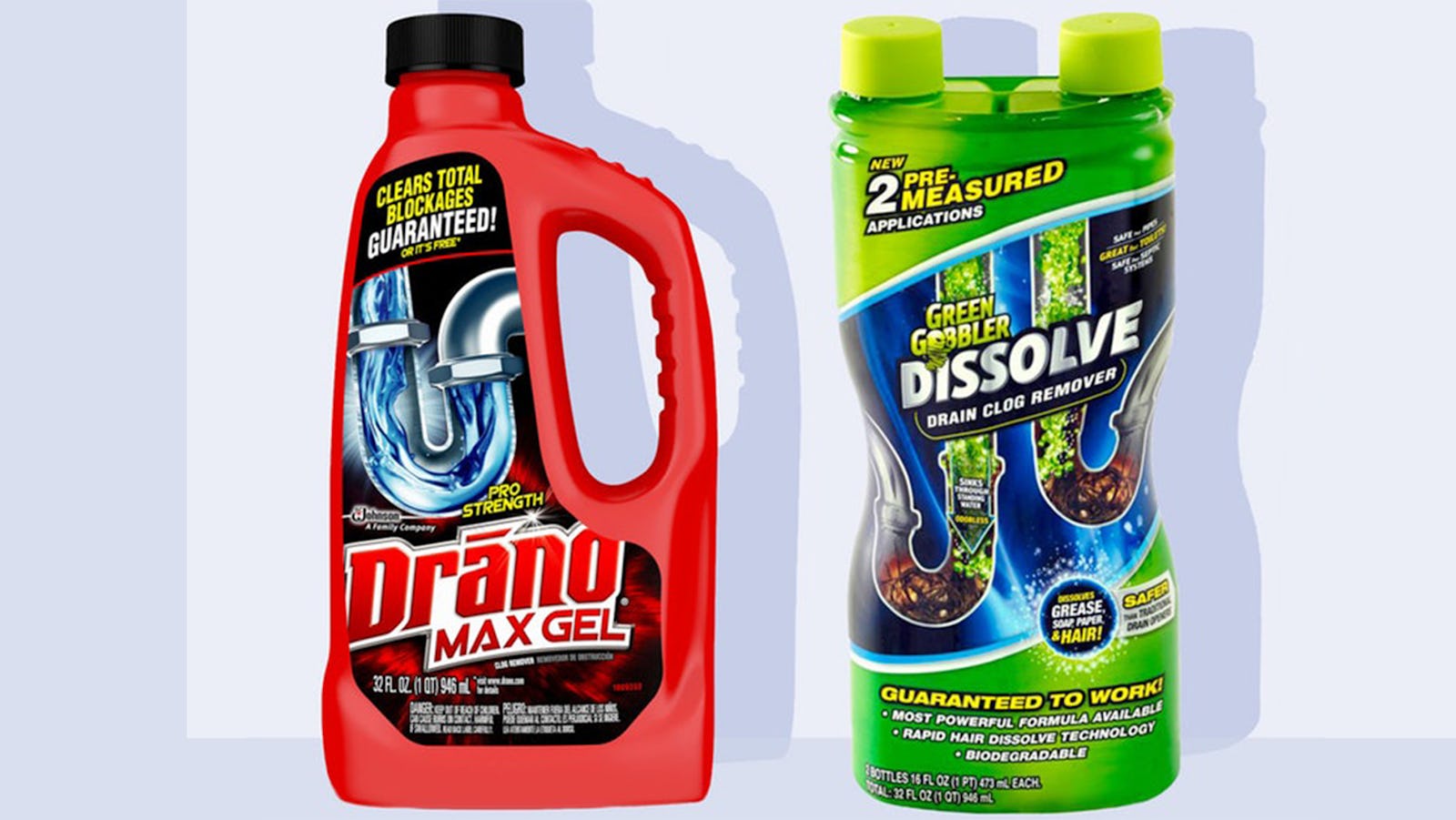
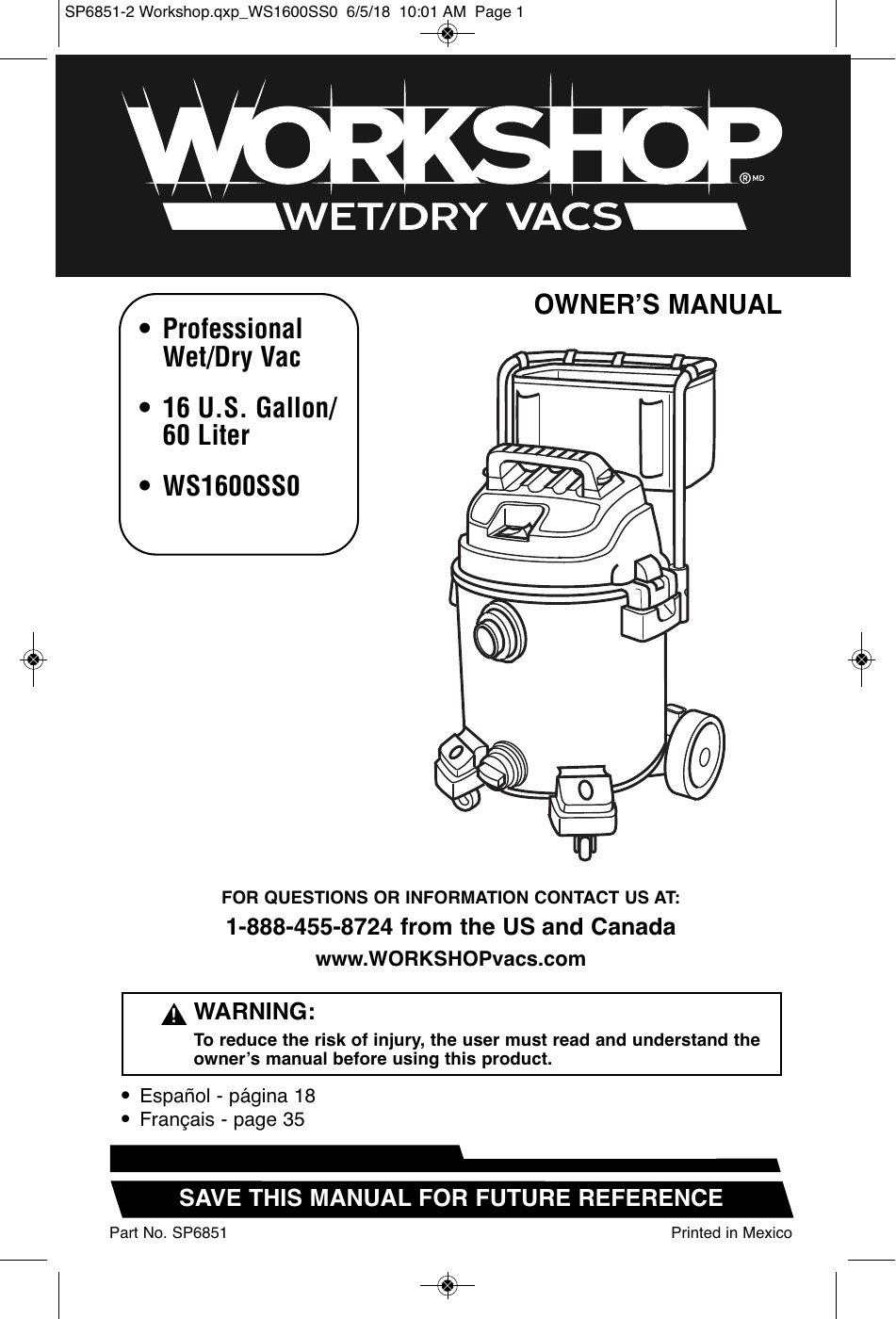




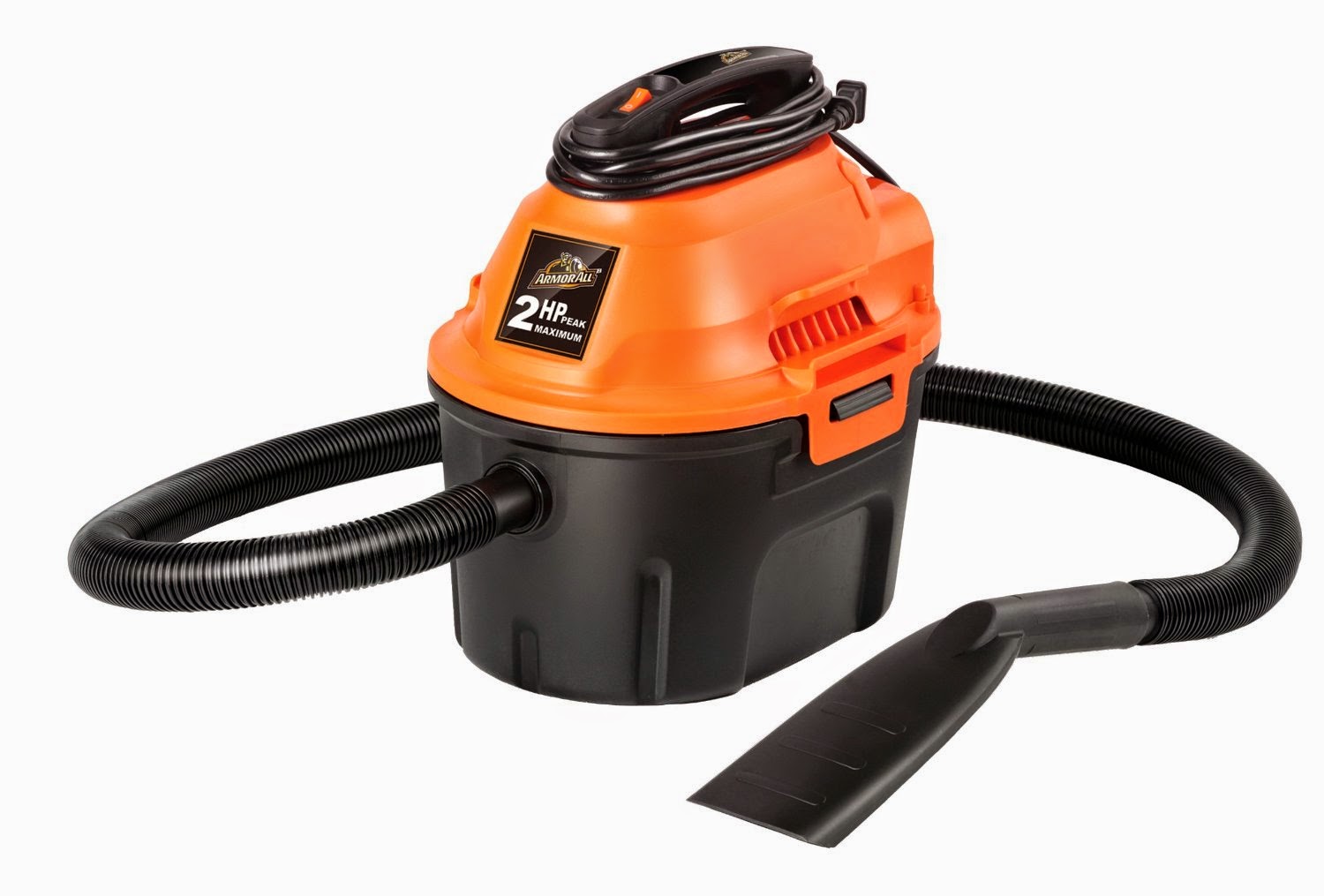







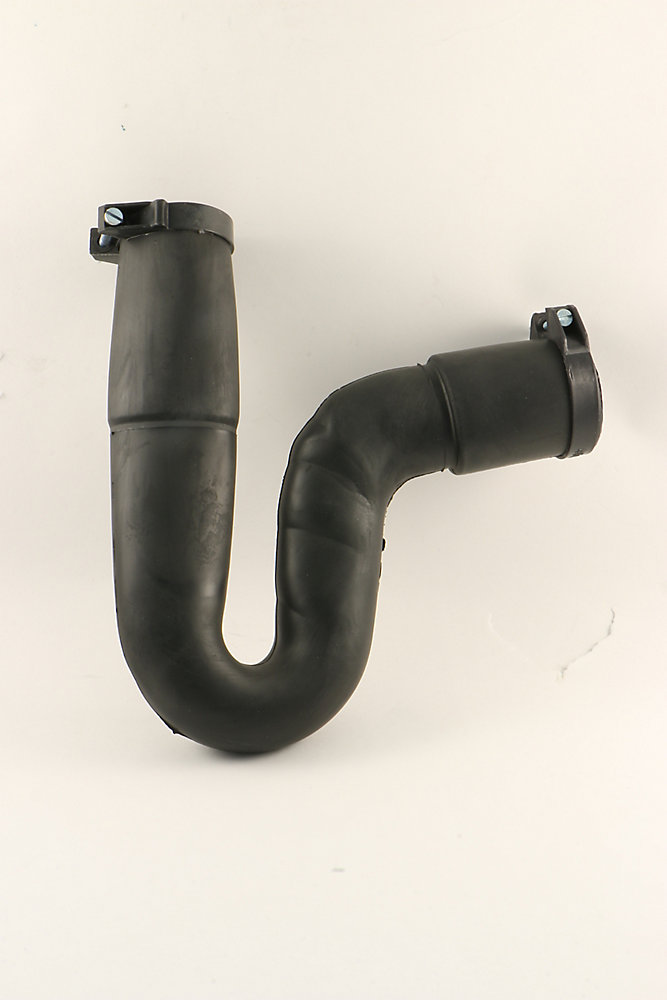




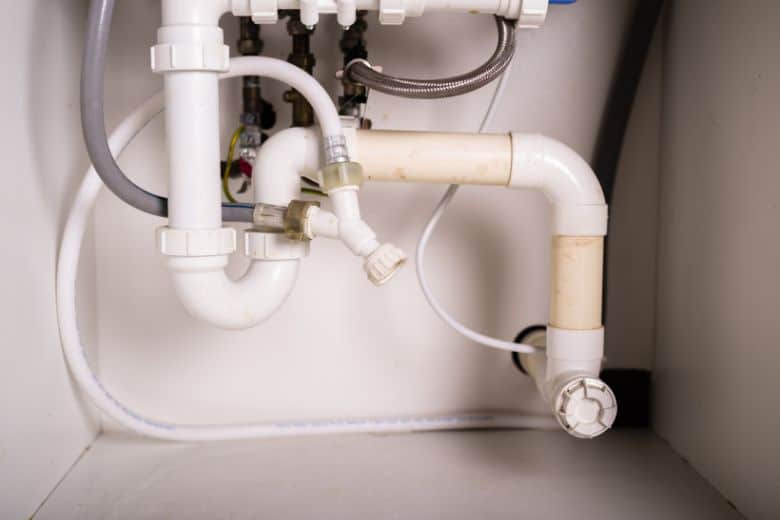




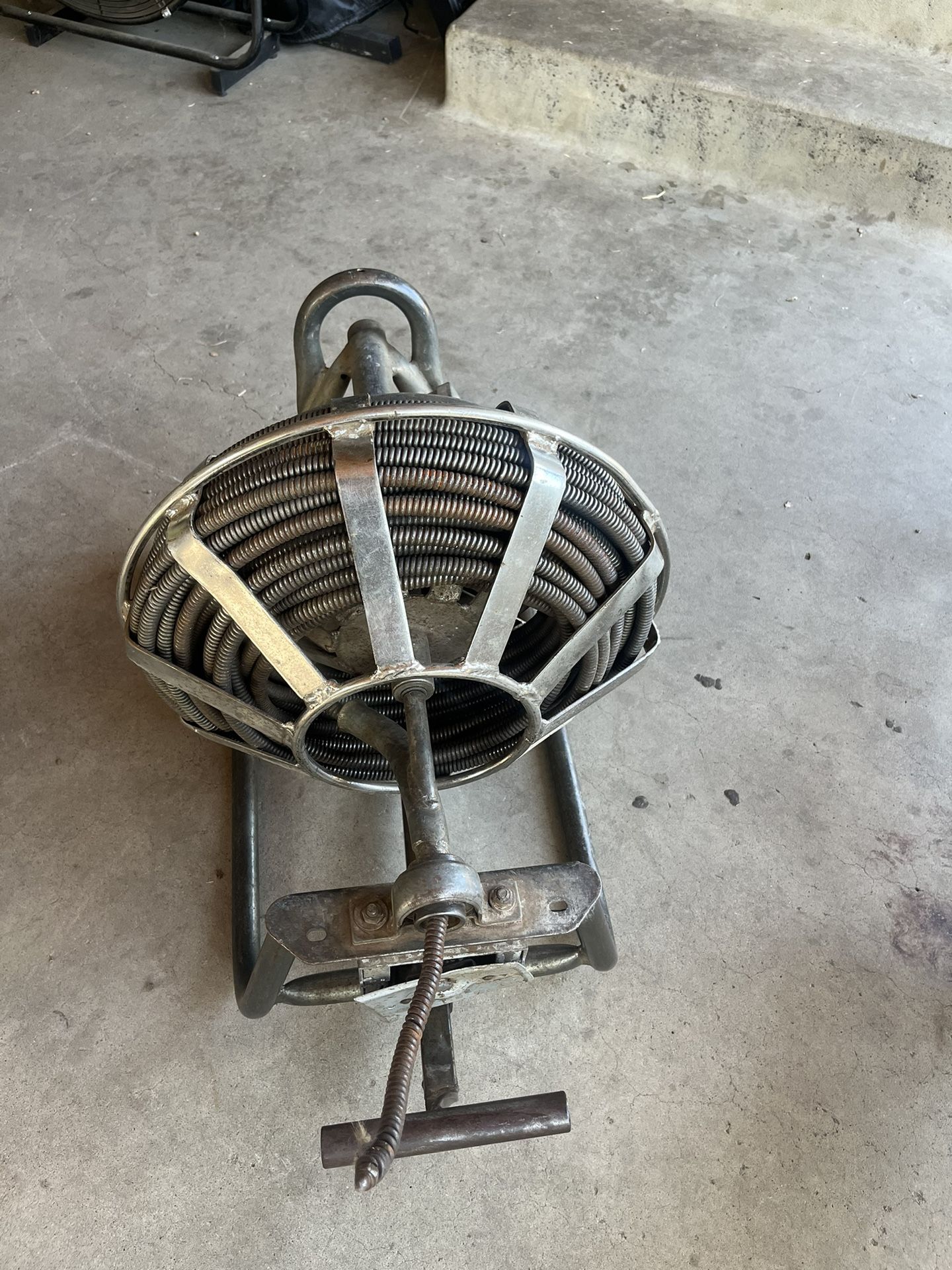






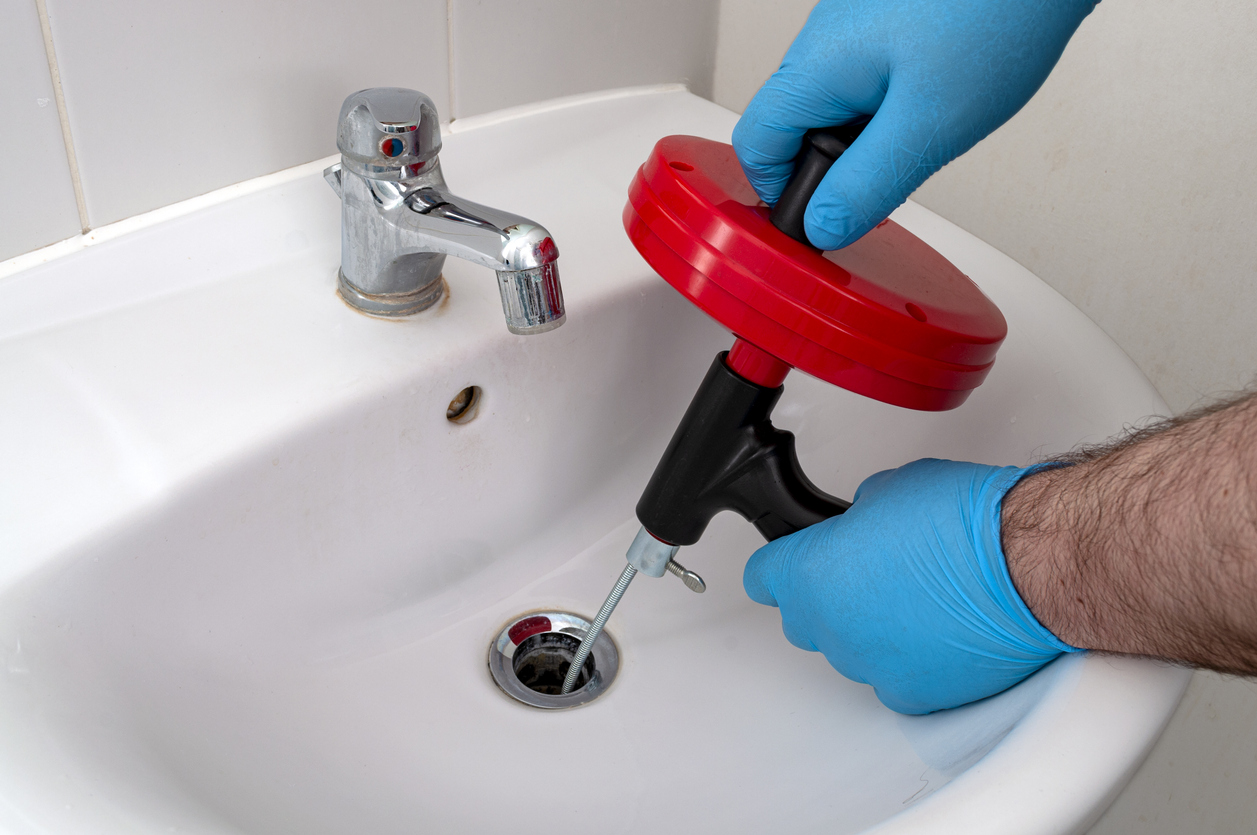



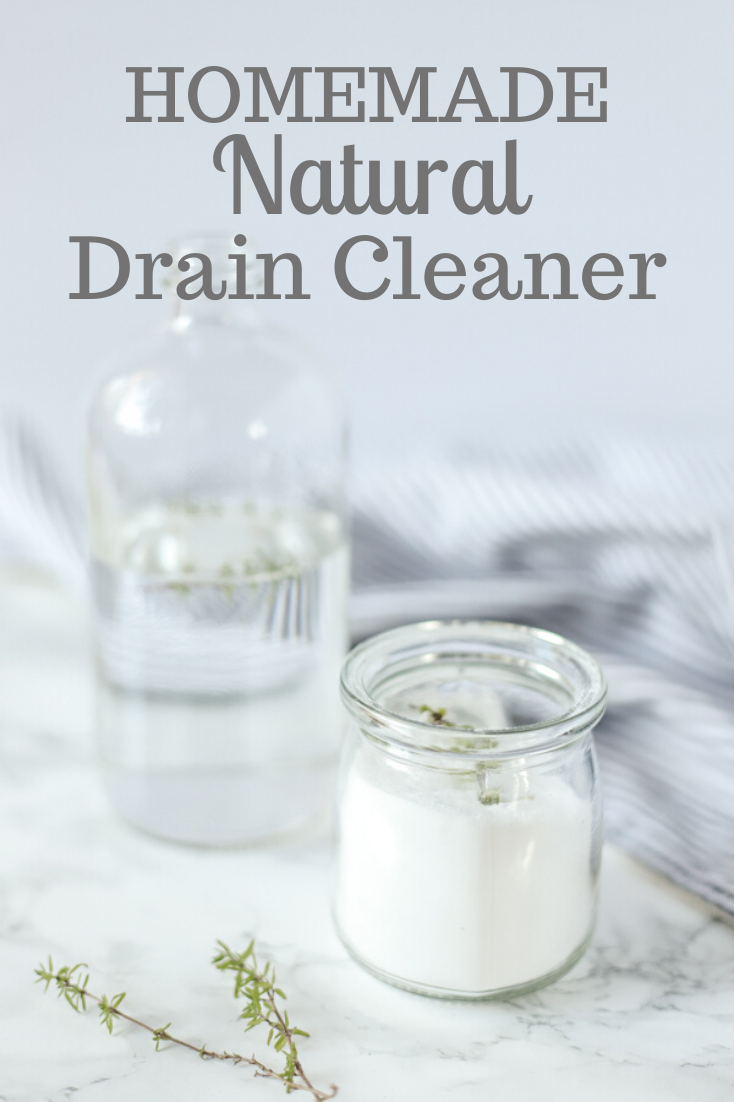



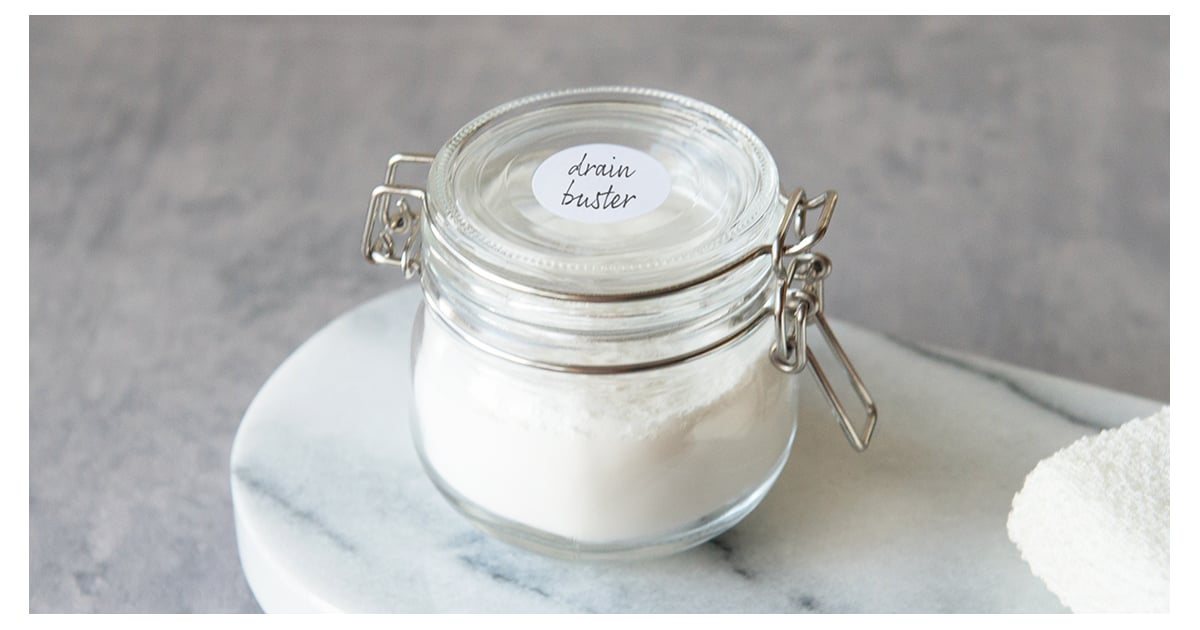
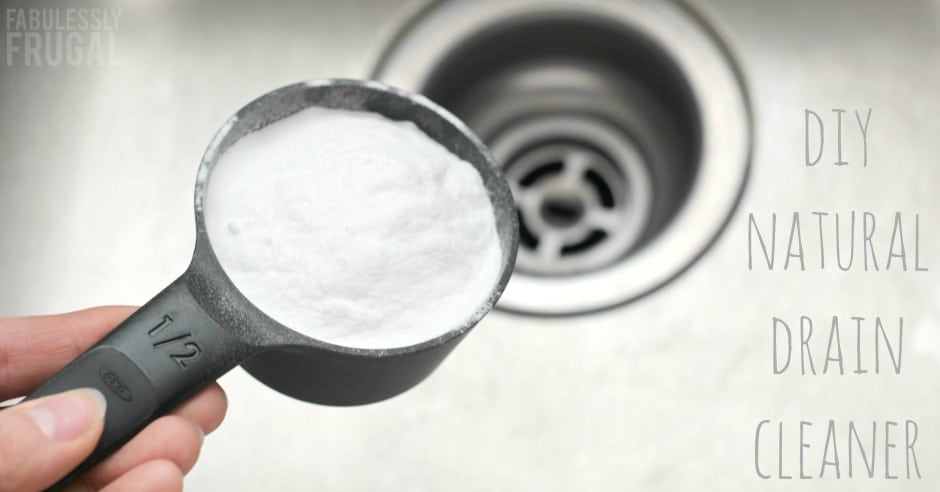
:max_bytes(150000):strip_icc()/homemade-drain-cleaner-2718784-10-d0d43469f00a45f6890b0a959d28cc8e.jpg)

/98292130-56a12f705f9b58b7d0bcdef7.jpg)



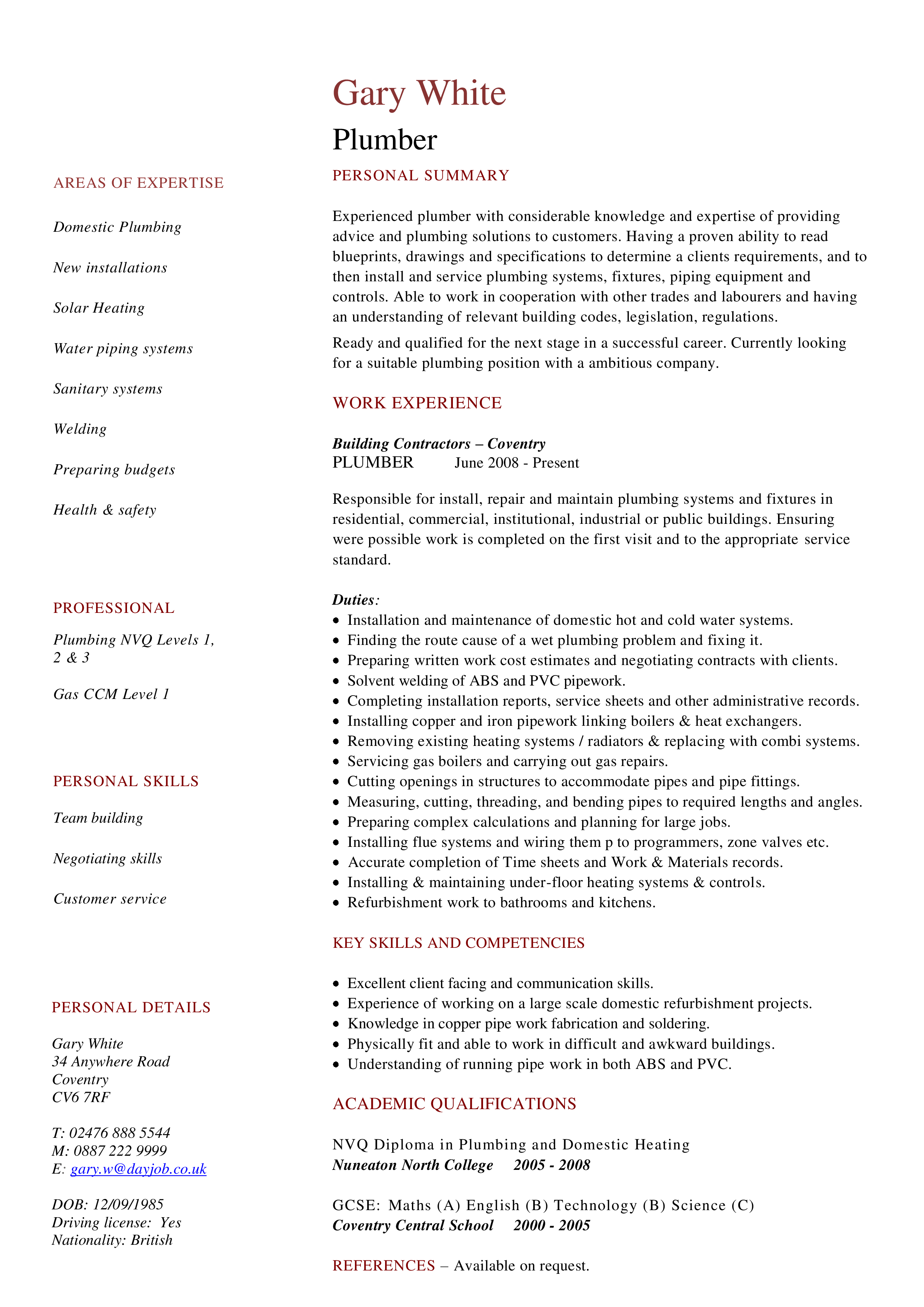










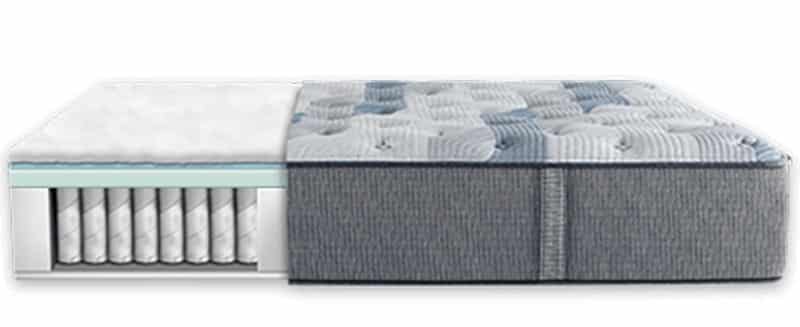

:max_bytes(150000):strip_icc()/LullMattress-07853bc0339a40429dc79522351fe34a.jpg)

